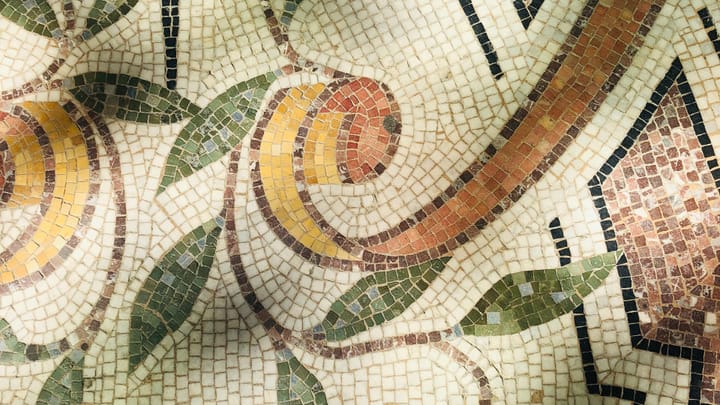Letting people see behind the scenes doesn't only expose problems; it also builds trust, boosts knowledge, and enhances enjoyment.
Sometimes, dull things are more enjoyable when you see how they work. The initial fascination won't carry your attention forever, but there is something helpful about understanding what's happening beneath the surface. I think this is why I still do my taxes. Though I don't pretend to understand the voodoo of the IRS and wonder if God created it to test my character, I have a pretty good handle on how the process works at this point.
A few days ago, I was trying to motivate our two young boys to do their laundry. As I showed them the basics of starting the washing machine, they began asking a lot of questions about how the machine works. I brought them a step stool, and they spent the next 45 minutes peering through a window at the top of the machine, captivated by the swooshing and sensing and spinning and sloshing—theorizing about what would happen next and why and how.
Windows in
I think there's something to this. A lot of things would be better if we put windows in them. I'm not just talking about glass panels but about designing products and systems with built-in ways to understand how they work and respond to our inputs. As I'm conceiving of them, windows are sometimes called "transparency" or "accountability" measures in institutions. I like them. However, these measures mainly emphasize abuse prevention or shareholder revenue. I'm thinking more about creating windows to enhance interest, enjoyment, knowledge, and even a sense of ownership. When it comes to glass windows, hipster breweries get this. So do suburban car washes and overpriced taffy shops in tourist towns. We want to see in.
Windows out
When people are directly involved in a task or system instead of a sudsy washer, the psychology of windows gets more interesting. For example, we're used to watching restaurant workers at Chipotle prepare food in front of us. A twist is that studies show that when cooks can see their customers during food preparation, they make better food—even if the customers can't see them.
This surprised me, but I think it makes sense. You take increased pride in what you do when you see real people on the other side of your work. Empirical data like five-star reviews are helpful, but personal anecdotes and the felt presence of others help you feel less like a machine.
From hiddenness to communion
We ask of others without inviting them to see how something works. We don't let them see behind the curtain. Maybe we see them as a competitor. Perhaps it's because we don't want the potential inconvenience of increased scrutiny. Or it may expose our lack of expertise or cost us more time initially. We close up and shut out. We'd qualify if there were a sequel to the TV show Hoarders for the Knowledge Economy.
By contrast, even if you're clueless about hotrods, asking a gearhead about their car at a car show is almost always enriching for both parties. That propped-open car hood is practically a welcome mat if you can admit you're learning. Humility creates an environment for connection and appreciation. Like the car, you open up and invite in.
Invitation
So where do we need windows? Wherever we need to see in or out. Wherever we need connection, appreciation, and perspective.
Show-and-tell could be less of a novelty and more structural to how we operate. (Some startups utilize a "building in public" strategy that hints at what I envision. Company lunch and learns also get close.) We can build windows into our lives and relationships and products and businesses that invite wonder, engagement, appreciation, and a depth of knowledge.
We're better off when we take a few moments to enjoy life's swooshing and sloshing, recognizing that people design the things we use and systems we depend on. You'll find it's beautiful to be curious, but it's an act of generosity to be open.






Comments ()